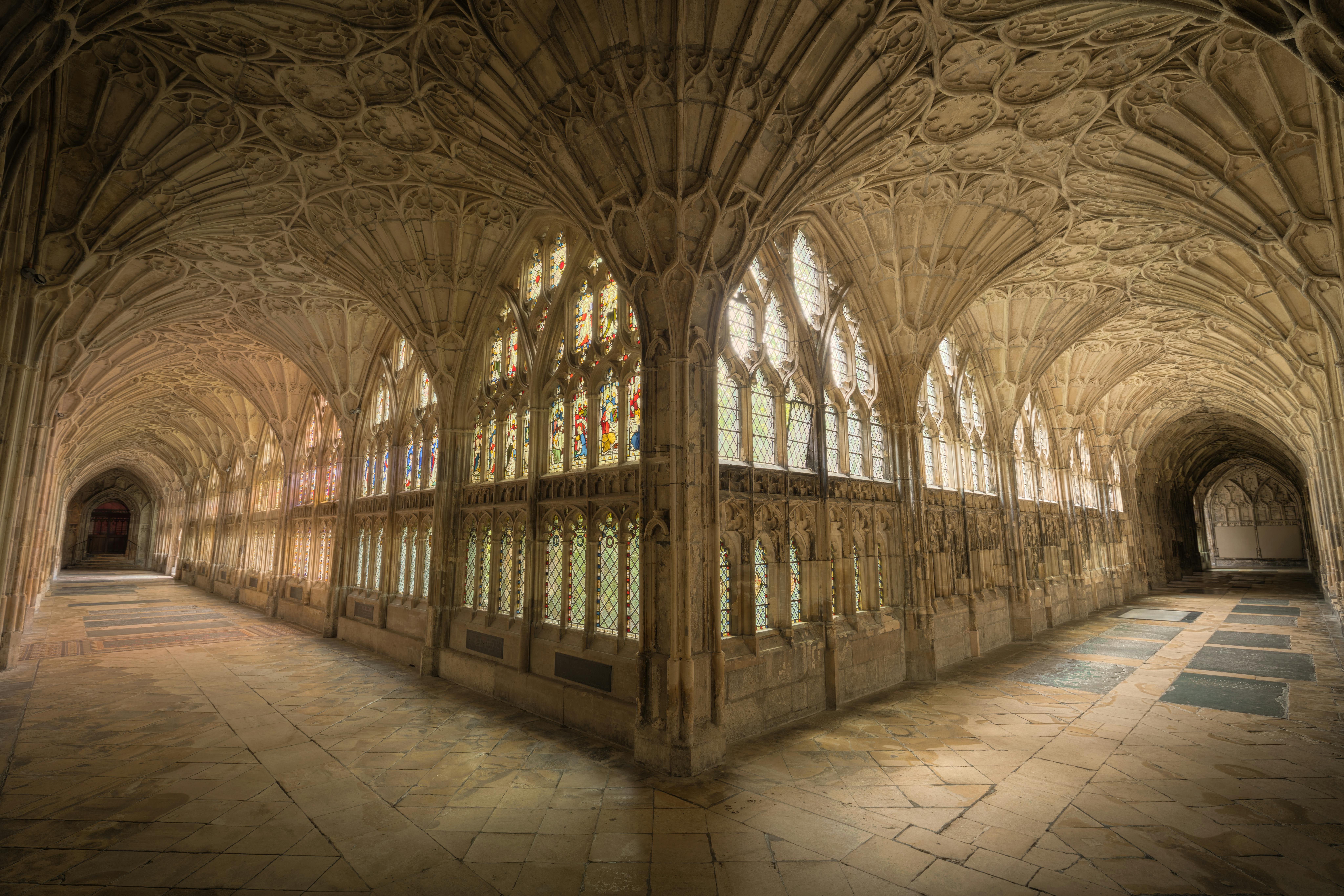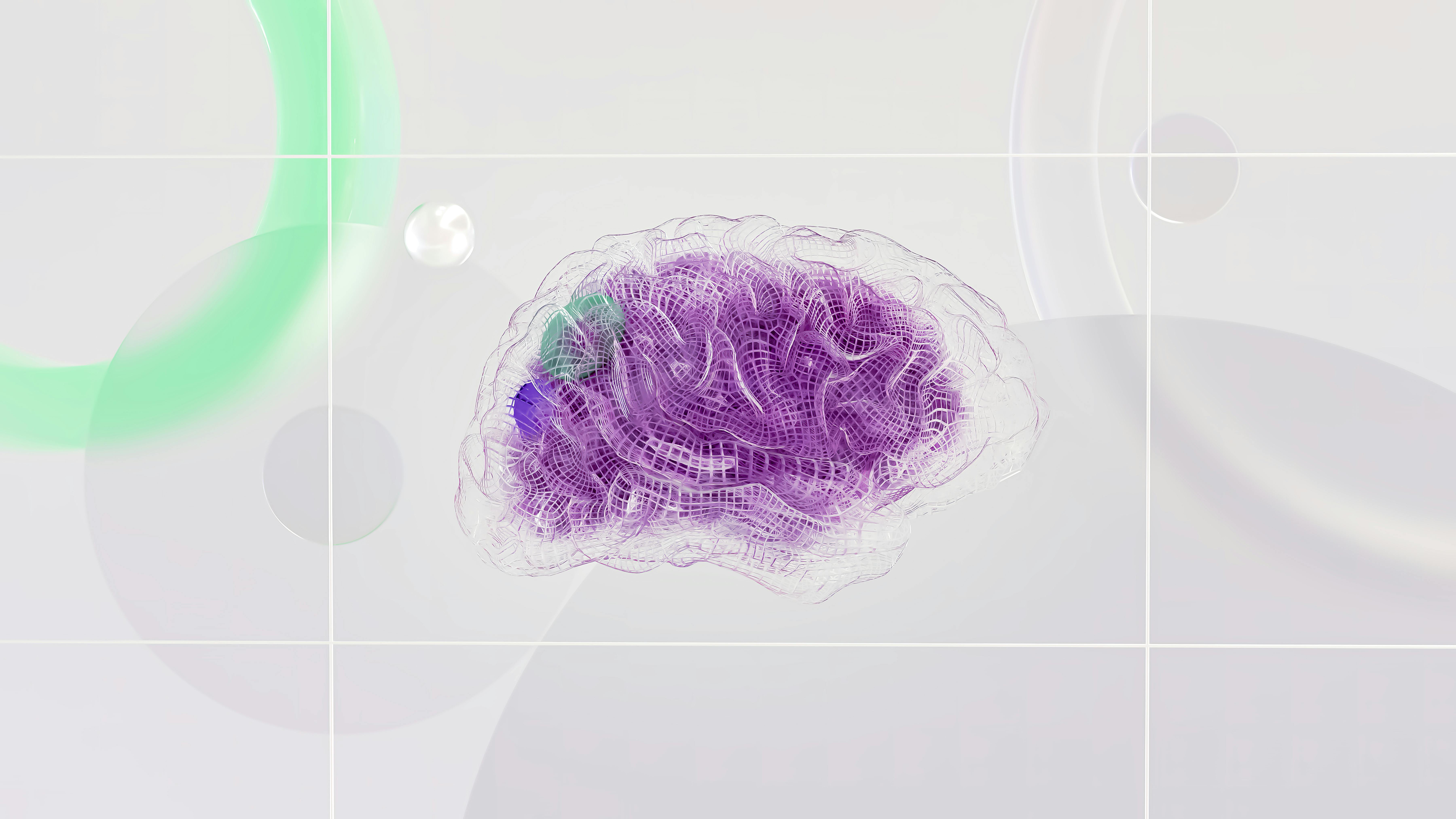Smart Ways to Explore Green Arrow Comics in 2025

Smart Ways to Explore Green Arrow Comics in 2025
As we enter 2025, the world of Green Arrow comics continues to evolve, captivating new generations of readers and long-time fans alike. Not just a fan favorite within the DC Comics universe, Oliver Queen, a.k.a. Green Arrow, has woven compelling narratives of heroism, struggle, and redemption through the pages of thrilling graphic novels and comic book series. This article will provide insights into the vibrant comic book fandom surrounding Green Arrow, exploring not only classic tales but also the latest comic book adaptations and storytelling techniques emerging in the heroic narratives of 2025. For both veteran enthusiasts and newcomers, there are smart strategies to dive into these graphic stories.
Additionally, we will highlight key characters in the Green Arrow storyline such as Dinah Lance, the impactful comic book villains, and how they contribute to the larger superhero universe, including the Justice League and beyond. As we embark on this exploration, expect to discover ways to enhance your reading experience through various mediums like podcasts, conventions, and digital platforms.
Key takeaways include the evolution of Green Arrow narratives, essential comic book collections, and exciting developments in comic book adaptations in film and television. So, let’s dive into this vibrant world of superhero comics!
Essential Green Arrow Storylines to Read
Building on the rich history of comic book narratives, the Green Arrow storyline features a range of arcs that exemplify the depth and complexity of Oliver Queen as a character. Some of the most celebrated tales include "The Longbow Hunters," "Quiver," and the recent "Green Arrow: Rebirth." Each arc presents a different facet of Green Arrow, from his conflicts with crime lords in Star City to his nuanced relationship with fellow heroes like Green Lantern.
To appreciate these storylines, it's essential to approach them with an understanding of their themes. "The Longbow Hunters" redefined Green Arrow for a more mature audience, focusing on real-world issues such as poverty and violence. This narrative serves as an excellent entry point for new readers wanting to understand the duality of Queen's character as both a vigilante hero and a man wrestling with moral dilemmas.
Familiarizing yourself with a comic issues list can help you track crucial moments in Oliver's journey. Look for collections that bundle these key stories or check out trade paperbacks that offer a comprehensive overview of his most impactful arcs. Each graphic novel presents unique illustrations that reflect the evolving art styles of the comic book industry.
Transitioning from earlier stories to more contemporary arcs can highlight character development and the impact of societal changes on the superhero lore. For instance, the recent "Green Arrow" series responds to current events, harnessing superhero symbolism to address themes of social justice, exemplifying the narrative depth that Green Arrow comics provide.
Understanding Character Development in Green Arrow Comics
With these fundamentals established, let’s delve into Oliver Queen’s character development in the pages of his comic books. The evolution of comic book characters like Green Arrow reflects broader trends in the superhero genre — tackling complex themes such as morality, identity, and society’s expectations of heroism.
Character development is pivotal in understanding absorbed themes and comic book narratives. Many fans appreciate how Oliver starts as a spoiled billionaire with a penchant for archery and transforms into a dedicated hero with strong convictions. His journey is marked by profound losses, such as his relationship with Dinah, his sense of justice becoming more pronounced as he navigates threats from comic book villains like Merlyn and Count Vertigo.
Moreover, the interplay between Oliver and Dinah Lance adds layers to the narrative, showcasing the dynamics of partnership, trust, and conflict in the pursuit of justice. Exploring these character arcs fosters an understanding of the complex human emotions often mirrored in fantastical narratives.
Lastly, exploring various comic book adaptations not only enhances the appreciation of the source material but also provides insights into how different creators interpret and expand upon these beloved characters. The evolution of their stories across mediums — from the page to the screen in the Green Arrow TV series — offers a unique lens through which their themes can be appreciated.
Exploring Green Arrow in the Wider DC Universe
Connected to this principle of character development is understanding how Green Arrow interacts within the DC Universe. His affiliations with the Justice League and team-ups with other heroes, such as Green Lantern and Batman, highlight his significance in the broader tapestry of superhero lore.
Green Arrow also provides a unique contrast to characters with different powers or origins. For instance, while many characters in the DC roster have superhuman abilities, Oliver's reliance on skill and intellect brings a grounded perspective to the escalating battles in the superhero universe. This relatability allows readers to connect with him as a "man among gods," reflecting the struggles faced by ordinary people.
Exploring his role in the expansive superhero narratives offers insight into thematic innovations across comic book genres. By evaluating his interactions in crossovers and special events, readers can identify the evolving nature of his character, often serving as a voice for social issues that resonate in today's society.
Furthermore, paying attention to alliances formed within various comic book events and how these narratives unfold provides context to his moral choices. Notably, the complexity of his relationships with characters like Batman, who often embodies a darker philosophy, creates tension and fosters rich storytelling.
Delving into Green Arrow's Legacy through Fandom
As we dive deeper into the world of comic book fandom, it’s crucial to understand how Green Arrow has left a lasting legacy among readers and creators alike. The fandom community surrounding Oliver Queen is a testament to his impact on popular culture and the superhero genre.
Fans express their love for Green Arrow through various mediums, including comic book conventions, online forums, and fan art. Engaging in these communities allows readers to exchange knowledge, share personal stories of discovery, and explore comic book merchandise like action figures, T-shirts, and collectibles based on the character.
Moreover, analyzing the ways Green Arrow engages with contemporary issues fosters discussions about representation and the role of heroes in society. His stories often resonate with today’s social and political climates, inspiring dialogues that transcend the comic medium and foster real-world implications.
In terms of exploring Green Arrow's legacy, dedicated comic book podcasts discuss major story arcs and recommendations for comprehensive reading lists, helping fans explore lesser-known issues that spotlight unique traits of his character. Exploring related graphic novels and adaptations is also a vital part of experiencing his rich mythos.
Discovering Adaptations and Broader Media Ventures
Continuing our journey through Green Arrow's narrative landscape, the world of comic book adaptations carries immense weight in how stories are shared and interpreted across different audiences. The translation of Oliver Queen's adventures into various media forms provides fresh contexts for appreciating his character and themes.
From animated series to live-action productions, adaptations play a significant role in rejuvenating interest in comic book stories. For instance, the recent revival of the Green Arrow might attract new fans to the comic series, showcasing how visual storytelling adapts the original comic book illustrations into dynamic performances.
Additionally, exploring trends in comic book adaptations in film reveals the shifting nature of superhero narratives in the broader entertainment landscape. Analyzing how different portrayals impact public perception of Green Arrow and his conflicts serves not only as an engagement strategy for fans but also as a reflection of evolving cultural values associated with heroism.
Whether through cinematic depictions or animated explorations, adaptations allow the nuances of Green Arrow's character to reach varying demographics, creating pathways for discussions about heroism, morality, and personal sacrifice across generations of readers.
Q&A: Common Curiosities About Green Arrow Comics
1. What are the best introductory Green Arrow comics for new readers?
For newcomers, starting with "Green Arrow: Year One" or "The Longbow Hunters" serves as an excellent introduction to Oliver Queen’s origins and character development.
2. How has Green Arrow's character changed over the years?
Over decades, Green Arrow has evolved from a campy sidekick to a complex character tackling themes of social justice, morality, and personal loss, reflecting societal changes and reader expectations.
3. Are there any notable Green Arrow comic book arcs to look out for?
Yes, significant arcs include "Quiver," where he meets a resurrection twist, and "Green Arrow: Rebirth,” which revitalizes his character for a contemporary audience.
4. How has Green Arrow been represented in other media?
Green Arrow has appeared in numerous forms, including the popular TV series "Arrow," animated series, and various film adaptations that reinterpret his stories for new contexts.
5. What makes Green Arrow stand out among other superheroes?
Unlike many heroes, Green Arrow's reliance on archery and gadgets over superpowers makes his character relatable, emphasizing humanity's strength in face of overwhelming odds.

